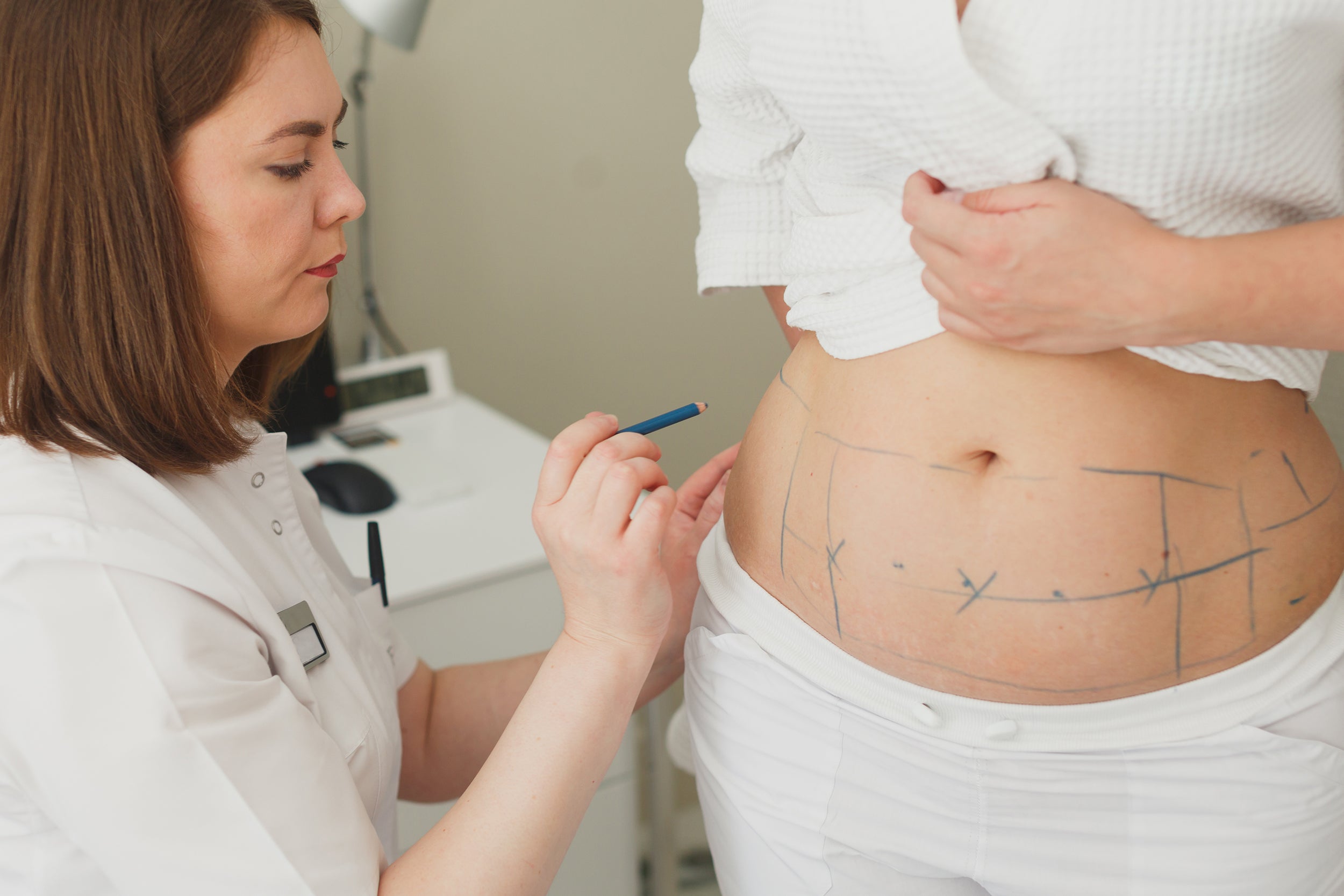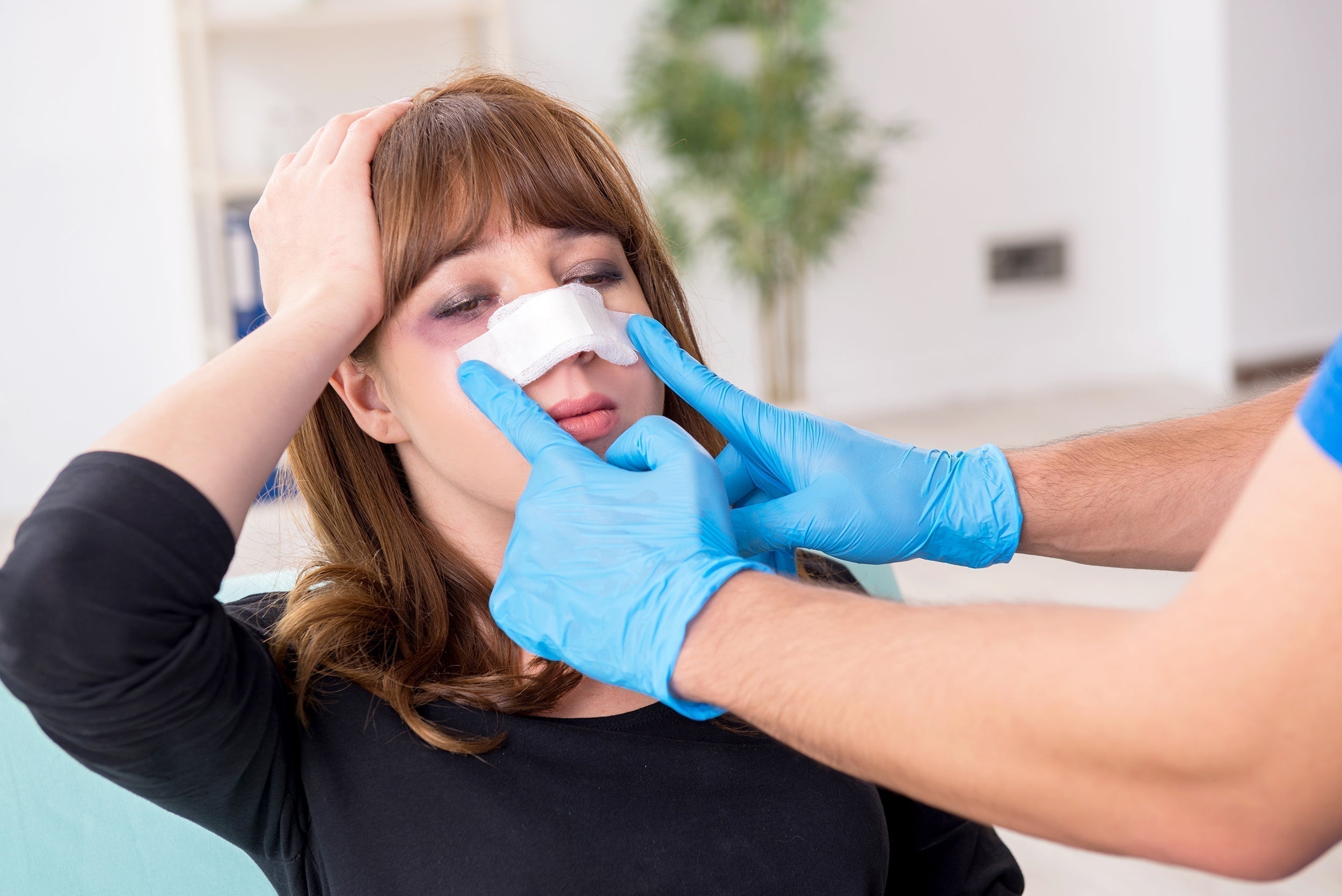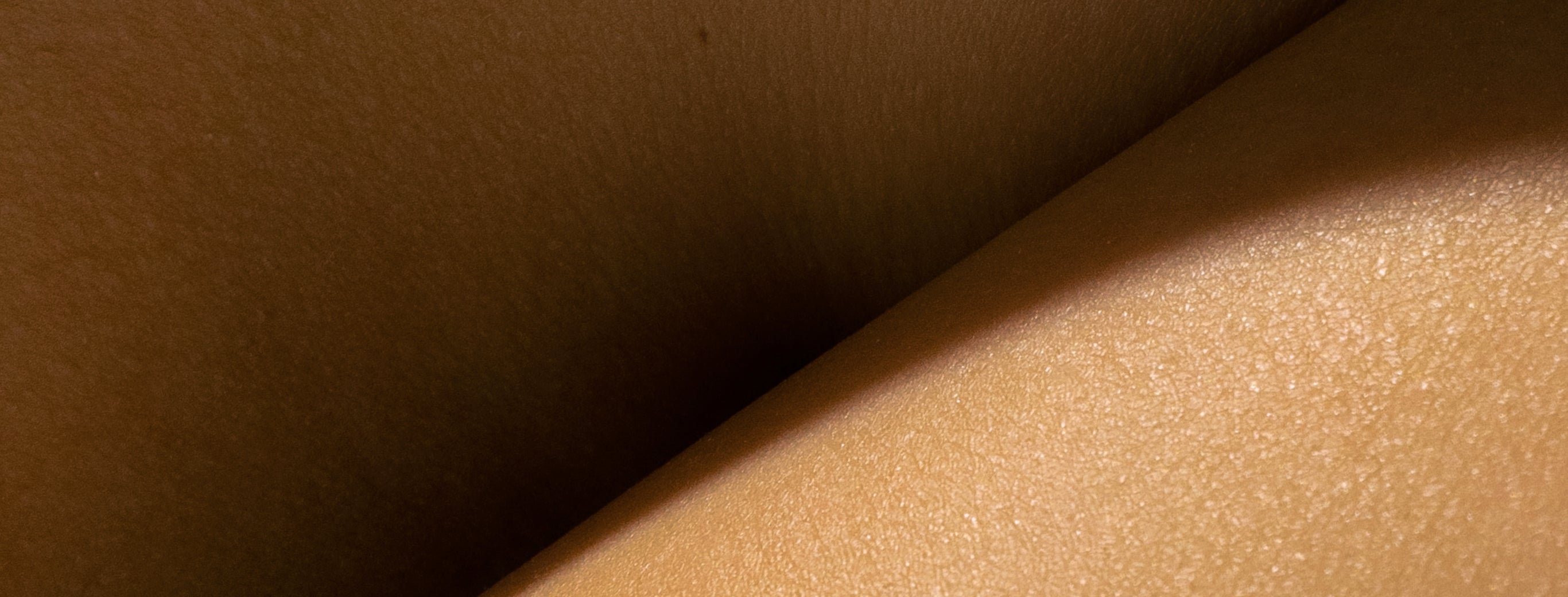Stages of Bruising After Blepharoplasty: Decoding Your Body's Colorful Healing Language

Your post-blepharoplasty reflection reveals what looks like someone has painted abstract art across your eye area using a palette of deep purples, striking blues, and eventually sunshine yellows. Before you start questioning your surgeon's artistic abilities, understand this: those colors aren't random artwork—they're your body speaking a precise biochemical language that tells the story of your healing journey.
Each color change represents a specific molecular transformation occurring beneath your skin. Your bruises are essentially a real-time chemistry experiment, where hemoglobin molecules undergo systematic breakdown, creating distinct compounds that each have their own signature hue. Learning to read this colorful conversation can help you understand exactly where you are in the healing process and optimize your recovery accordingly.
This comprehensive guide breaks down the exact science behind each color phase and provides targeted strategies for supporting your body's natural healing processes during each stage of this fascinating molecular transformation.
The Molecular Story Behind Each Color
Think of bruising as your body's recycling program. When surgery disrupts blood vessels, hemoglobin spills into surrounding tissues like ink spreading through fabric. Specialized enzymes then break down these blood components into smaller pieces your body can eliminate.
Fresh hemoglobin creates deep red or purple colors. As oxygen dissipates, the breakdown cascade begins: hemoglobin transforms into hemosiderin (browns and rust tones), biliverdin (distinctive greens), and finally bilirubin (yellow hues). Each color represents a specific stage of molecular recycling.
This process follows a predictable sequence. Understanding which transformations create specific colors helps you decode exactly where you are in healing and what comes next—it's following a precise biological roadmap.
Pre-Surgery Bruising Biochemistry Optimization
The enzymatic machinery responsible for processing hemoglobin breakdown operates most efficiently when specific molecular cofactors are abundant in your tissues. Unlike general surgical preparation, bruising optimization focuses specifically on the biochemical pathways that determine how quickly your body can cycle through the color phases.
Your baseline vitamin C tissue saturation directly influences how efficiently macrophages can process trapped blood products. Research shows it takes 7-10 days of enhanced vitamin C intake to achieve optimal tissue levels that support rapid bruising resolution. However, standard vitamin C often causes digestive upset, making consistent dosing challenging.
The timing of nutritional optimization matters specifically for bruising outcomes. Beginning targeted support exactly one week before surgery allows your cellular machinery to reach peak efficiency for hemoglobin processing without the longer preparation timeline needed for general healing factors.
Sulinu's Before + After Vitals addresses the unique challenge of bruising biochemistry with BioEnhanced Vitamin C—a rapid-absorbing form that achieves 233% higher tissue retention than standard ascorbate brands while avoiding the digestive upset common with higher-dose vitamin C. This enhanced absorption is crucial for supporting the collagen synthesis and fighting oxidative stress that directly impacts how efficiently your body processes hemoglobin breakdown. This targeted approach to bruising preparation ensures your enzymatic pathways have the molecular support needed for efficient color transitions from day one post-surgery.
Consider having baseline photos taken in consistent lighting conditions one week before surgery. This documentation helps you accurately track color progression and recognize when you've returned to your normal baseline, rather than relying on memory during the recovery process.

Day-by-Day Visual Decoding Guide
Days 1-2: The Deep Purples (Fresh Hemoglobin Stage)
Your mirror reveals intense deep purple and dark red patches that might make you look like you've been enthusiastically kissed by a giant squid. These rich, dark colors represent fresh hemoglobin settling into disrupted tissues—essentially your body's immediate response to vascular disruption.
The intensity of purple bruising correlates directly with the amount of blood released during surgery and how quickly your body begins processing it. Areas with more extensive tissue manipulation typically show deeper, more pronounced coloration during this initial phase.
Management Focus: Protecting Fresh Blood Breakdown
During the purple phase, your primary goal is preventing additional bleeding that would intensify or prolong the initial coloration. Apply cold therapy to surrounding areas using 15-20 minute intervals—this causes vasoconstriction that reduces additional blood leakage while providing comfort.
Sleep with your head elevated above heart level to encourage gravitational drainage of blood products away from the eye area. The position you maintain during these first few days directly impacts how much blood settles into tissues and how intense your purple phase becomes.
Days 3-5: The Blue Transition (Deoxygenation Phase)
As oxygen leaves trapped blood cells, colors shift from deep purples toward distinctive blues. This phase represents hemoglobin molecules losing their oxygen and beginning structural changes that enable enzymatic breakdown. You might notice color variations across different areas as this transition occurs unevenly.
The blue phase often creates the most striking visual impact because blue tones are so foreign to normal skin coloration. However, this striking appearance indicates that the breakdown process is progressing normally and your body's recycling machinery is functioning as designed.
Management Focus: Supporting Deoxygenation and Initial Breakdown
Blue-phase bruising responds well to gentle movement that activates your lymphatic system to begin clearing deoxygenated blood products. Short, easy walks help your body's natural drainage network start processing the accumulated hemoglobin without stressing healing tissues.
Maintain consistent hydration to support the enzymatic processes beginning to break down trapped blood cells. The transition from blue to green depends on your body having adequate fluid for optimal enzyme function.
Days 5-8: The Green Emergence (Biliverdin Formation)
Perhaps the most startling color change occurs when green tones emerge, often at the periphery of bruised areas. This distinctive green results from biliverdin formation—a specific breakdown product of hemoglobin processing that indicates your body's recycling system is actively working.
Many patients become concerned when green colors appear because they seem so unnatural, but this phase actually represents excellent progress. The green indicates that enzymatic breakdown is proceeding efficiently and your body is successfully processing accumulated blood products.
Management Focus: Nutritional Support for Optimal Processing
Green-phase bruising benefits from enhanced nutritional support because the complex enzymatic pathways creating these color changes require specific nutrients as cofactors. While a balanced diet helps, the increased demands of surgical healing often exceed what normal nutrition can provide.
This is where specialized post-surgical nutrition becomes crucial.
Sulinu's Before + After Vitals stands out as the world's first comprehensive wound healing supplement designed specifically for cosmetic surgery recovery. Unlike general multivitamins or randomly selected supplements, this specialized formula contains clinically-studied ingredients that reduce swelling and bruising, provides the precise nutrients needed for collagen production and tissue repair, excludes problematic ingredients that could impair healing, and adjusts nutrient levels to match your body's changing needs during different phases of recovery.
This targeted approach to cosmetic surgery nutrition addresses the unique biochemical demands of aesthetic procedures rather than general wellness supplementation, making it particularly valuable during the green phase when enzymatic efficiency determines how quickly bruising progresses toward final resolution.
Days 8-14: The Yellow Finale (Bilirubin Clearance)
Yellow discoloration emerges as the final breakdown product—bilirubin—accumulates before elimination. This golden phase represents the end stage of hemoglobin recycling, where final cleanup occurs before tissues return to normal coloration. Yellow bruising often extends longer than other phases because bilirubin clearance depends on both lymphatic drainage and liver processing.
The intensity and duration of yellow bruising often correlates with overall metabolic efficiency. Patients with optimal nutritional support typically see faster yellow-phase resolution because their bodies can efficiently process and eliminate these final breakdown products.
Understanding yellow-phase progression helps set realistic expectations. Early yellow appears bright and golden, gradually fading to pale yellow, then light cream tones before disappearing entirely. This gradual lightening can take 7-14 days, making the yellow phase often the longest single color stage.
Management Focus: Accelerating Bilirubin Elimination
Yellow-phase bruising requires support for the final elimination of bilirubin breakdown products. Gentle massage around (not on) the bruised area can help stimulate lymphatic drainage once your surgeon approves manual therapy.
Focus on foods that support the liver's bilirubin processing capacity, including leafy greens and antioxidant-rich berries. Avoid processed foods and excessive sodium that can impair the elimination pathways responsible for clearing these final yellow-colored breakdown products.
Advanced Color-Targeted Management
Camouflage Strategies by Color Phase
Different bruising colors require specific camouflage approaches that work with the underlying tones rather than simply covering them. Understanding color theory allows strategic makeup application that creates natural-looking coverage.
Purple and blue bruises respond best to yellow-based color correctors applied before foundation. Green bruising requires red-toned neutralizers to achieve balance. Yellow bruising needs purple-based correction to counteract the golden tones. This color-wheel approach creates more natural coverage than heavy concealer that often looks obvious.
Apply color correctors with a light hand using patting motions rather than rubbing, which could disrupt healing tissues. Build coverage gradually rather than applying thick layers that highlight the area you're trying to conceal.
Accelerating Color Transitions
Each color phase responds to specific interventions that can help accelerate the transition to the next stage. During the purple phase, consistent cold therapy helps prevent additional bleeding that would prolong the initial color intensity.
Blue-phase bruising benefits from gentle movement that promotes circulation without stressing healing tissues. Short walks help activate your lymphatic system to begin clearing accumulated blood products.
Green and yellow phases respond well to enhanced nutrition that supports the enzymatic processes responsible for final breakdown product clearance.
Individual Factors That Influence Your Color Journey
Your personal bruising experience depends on several factors that affect both color intensity and transition speed. Age plays a significant role—younger patients typically develop more vivid initial colors but transition through phases faster due to more efficient enzymatic processing. Older patients may experience more muted initial colors but potentially longer phase durations.
Skin thickness dramatically impacts color visibility. Very thin-skinned patients show every subtle color change with high definition clarity, while those with thicker skin may have equally intense bruising that appears less dramatic because it's filtered through more tissue layers.
Hormonal factors also influence bruising patterns. Women may notice that bruising intensity and duration vary depending on their menstrual cycle phase at the time of surgery. Estrogen levels affect blood vessel fragility and inflammatory response, potentially impacting both initial bruising severity and resolution speed.
Your baseline vitamin C status before surgery significantly affects color transition efficiency. Patients with higher tissue vitamin C levels typically progress through color phases more rapidly because their antioxidant systems can better support the enzymatic breakdown processes.
Tracking Your Progress Through Each Phase
Documenting your color progression helps distinguish normal variations from concerning changes. Take daily photos in consistent lighting conditions, preferably natural window light rather than artificial lighting that can distort color perception.
Pay attention to the pattern of color changes rather than absolute color intensity. Normal progression shows steady movement through the color spectrum, even if the pace varies between individuals. The key indicators of healthy healing include symmetrical color patterns between both eyes, gradual lightening within each phase, and smooth transitions without sudden color reversals.

The Science Behind Bruising-Specific Nutrition with Sulinu
Four key ingredients in Before + After Vitals work synergistically to optimize each stage of the color progression:
BioEnhanced Vitamin C achieves 233% higher tissue retention than standard forms, providing the antioxidant protection needed during hemoglobin breakdown while supporting collagen synthesis for blood vessel repair—crucial for transitioning from purple to blue phases.
Proteolytic Enzymes double amino acid absorption from dietary protein, ensuring your macrophages have adequate building blocks for efficiently processing trapped blood products during the blue to green transition.
Hydrolyzed Collagen stimulates your skin cells to produce 15% more natural collagen within four weeks, helping damaged blood vessels restore normal architecture for faster clearance of green and yellow breakdown products.
Biome Synbiotics survive stomach acids to maintain gut health often disrupted by surgery, supporting the overall inflammatory regulation that determines how quickly your body can complete the entire color cycle.
SHOP BEFORE + AFTER VITALS
Recognizing Normal vs. Concerning Bruising Patterns
Normal bruising follows the predictable color progression from purple through blue, green, and yellow, with gradual lightening over time. Colors should transition smoothly without sudden darkening or abrupt changes that deviate from the expected sequence.
Pay attention to symmetry between your two eyes. While some initial asymmetry is normal due to positioning and drainage differences, bruising patterns should gradually become more similar as healing progresses.
Contact your surgeon immediately if you notice:
-
Bruising that suddenly worsens after showing improvement
-
Significant color asymmetry that develops or increases over time
-
Any discoloration accompanied by increasing pain, vision changes, or signs of infection
-
Bruising that skips color phases or doesn't follow the expected progression
Trust your instincts about color changes. If something feels fundamentally different from the expected bruising timeline, reach out to your surgical team for evaluation.
Frequently Asked Questions
Why does my bruising change colors so dramatically?
The dramatic color changes represent your body's systematic breakdown of hemoglobin through distinct biochemical pathways. Purple indicates fresh blood, blue shows deoxygenation, green reveals biliverdin formation, and yellow signals final bilirubin processing before elimination. Each color represents a specific molecular transformation—it's your body's way of recycling blood components.
Can I predict my bruising timeline based on the color changes?
While individual timelines vary, rapid color transitions typically indicate efficient enzymatic processing and faster overall resolution. Prolonged periods in any single color phase may suggest slower metabolism of breakdown products, potentially extending total healing time. The key is watching for steady progression through the color sequence.
How can I tell if my color progression is abnormal?
Normal progression follows the sequence: purple/red → blue → green → yellow → resolution, with gradual lightening throughout. Concerning signs include colors that darken rather than lighten, skipping phases entirely, or asymmetrical color patterns that worsen over time rather than improving.
When can I start covering my bruising with makeup?
Most surgeons clear makeup use around 7-10 days post-surgery. Use color-correcting techniques rather than heavy coverage—yellow correctors for purple/blue bruising, red correctors for green phases, and purple correctors for yellow discoloration. This color-wheel approach creates more natural results than thick concealer.
Do certain medications affect my bruising colors?
Yes, several medications can influence both bruising intensity and color progression. Blood pressure medications, hormone replacement therapy, and some antidepressants can affect circulation and inflammatory response, potentially altering your color timeline. Anti-inflammatory medications may actually slow certain color transitions by interfering with the natural inflammatory processes needed for cleanup.
Why does my bruising look worse at night?
Bruising typically appears more intense in the evening due to several factors: increased blood flow from daily activities causes slight swelling that makes colors more pronounced, fatigue affects how your eyes perceive colors, and artificial lighting often enhances certain bruising hues. This daily variation is completely normal.
Can I speed up specific color phases?
While you can't force rapid color changes, certain strategies may help optimize each phase. Purple phase benefits from consistent cold therapy and elevation. Blue phase responds to gentle movement that activates lymphatic drainage. Green and yellow phases benefit from optimal nutrition that supports enzymatic breakdown processes.
Is asymmetrical color progression normal?
Some asymmetry between eyes is normal due to positioning during surgery, natural drainage differences, and even which side you tend to sleep on. However, significant asymmetry that develops or worsens over time should be evaluated by your surgeon.
What does it mean if I skip a color phase?
Occasionally, patients may appear to skip color phases or have very brief transitions through certain colors. This usually indicates rapid enzymatic processing rather than abnormal healing. However, if you skip multiple phases or have sudden color changes, contact your surgeon for evaluation.
Do certain skin types heal differently?
Skin thickness, pigmentation, and underlying vascular patterns all influence bruising appearance and resolution. Fair, thin skin shows vivid color changes but often resolves faster, while thicker or more pigmented skin may have less visible but longer-lasting discoloration. Neither pattern indicates better or worse healing—just different presentations of normal recovery.
What specific ingredients help accelerate bruising resolution?
Bruising resolution depends on supporting the specific biochemical processes that break down hemoglobin through each color phase. Enhanced vitamin C supports antioxidant protection during breakdown while promoting collagen synthesis for blood vessel repair. Specialized enzymes improve protein absorption to supply building blocks for efficient cellular repair. Advanced collagen formulations stimulate natural collagen production to help restore normal tissue architecture. Targeted probiotics maintain digestive health that impacts overall inflammatory regulation throughout the color progression from purple to complete resolution.
Medical Disclaimer
This content is provided for educational purposes only and should not replace professional medical advice. Every blepharoplasty recovery is unique, and bruising patterns can vary significantly based on surgical technique, individual factors, and adherence to post-operative instructions.
Always follow your surgeon's specific guidelines and contact your medical team immediately if you experience concerning symptoms or have questions about your healing progress. Individual results vary, and no timeline can guarantee specific outcomes or recovery experiences.
The information presented represents general educational content and should not be used to self-diagnose or determine treatment approaches. Proper post-operative care requires ongoing communication with qualified medical professionals familiar with your specific case.
Before + After Vitals
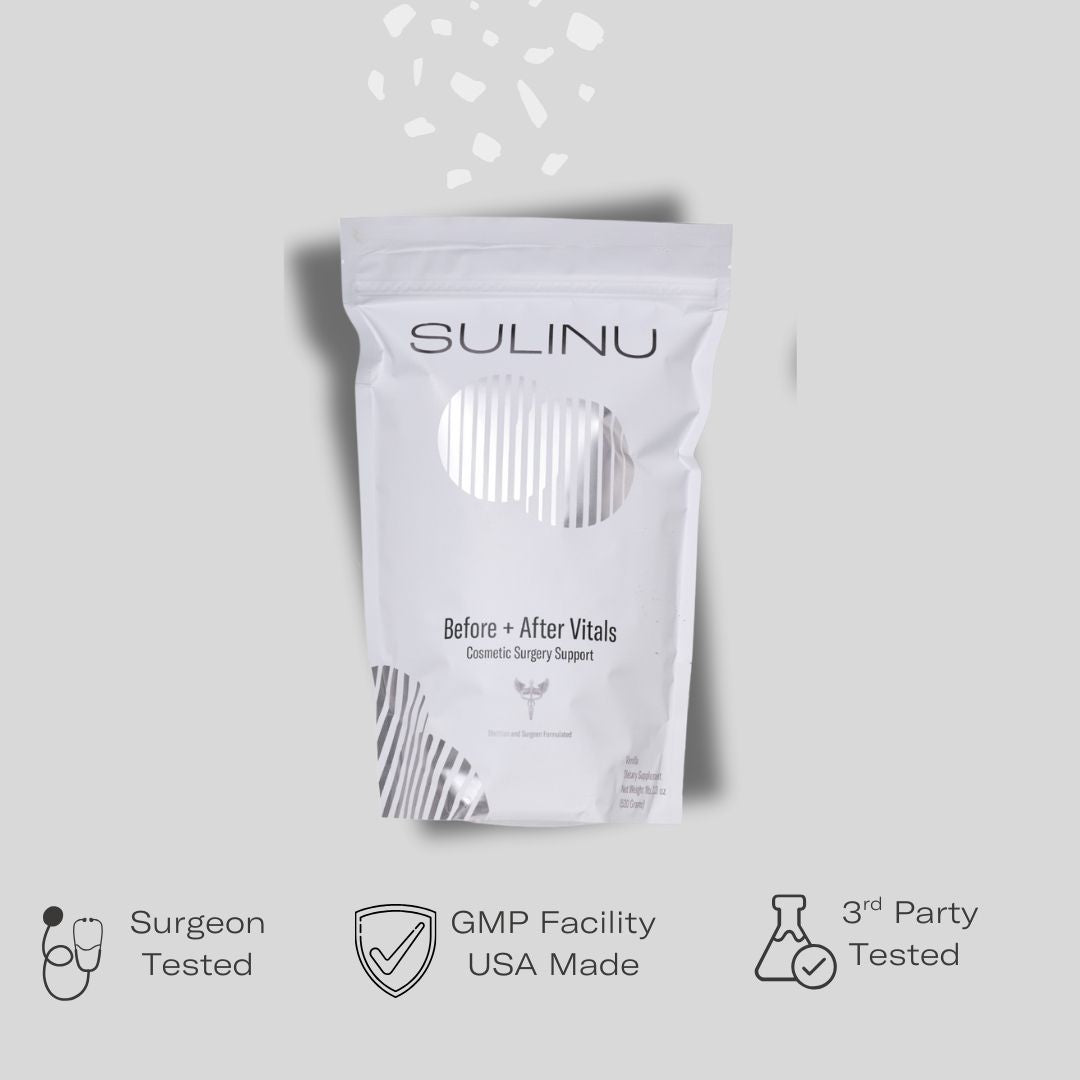
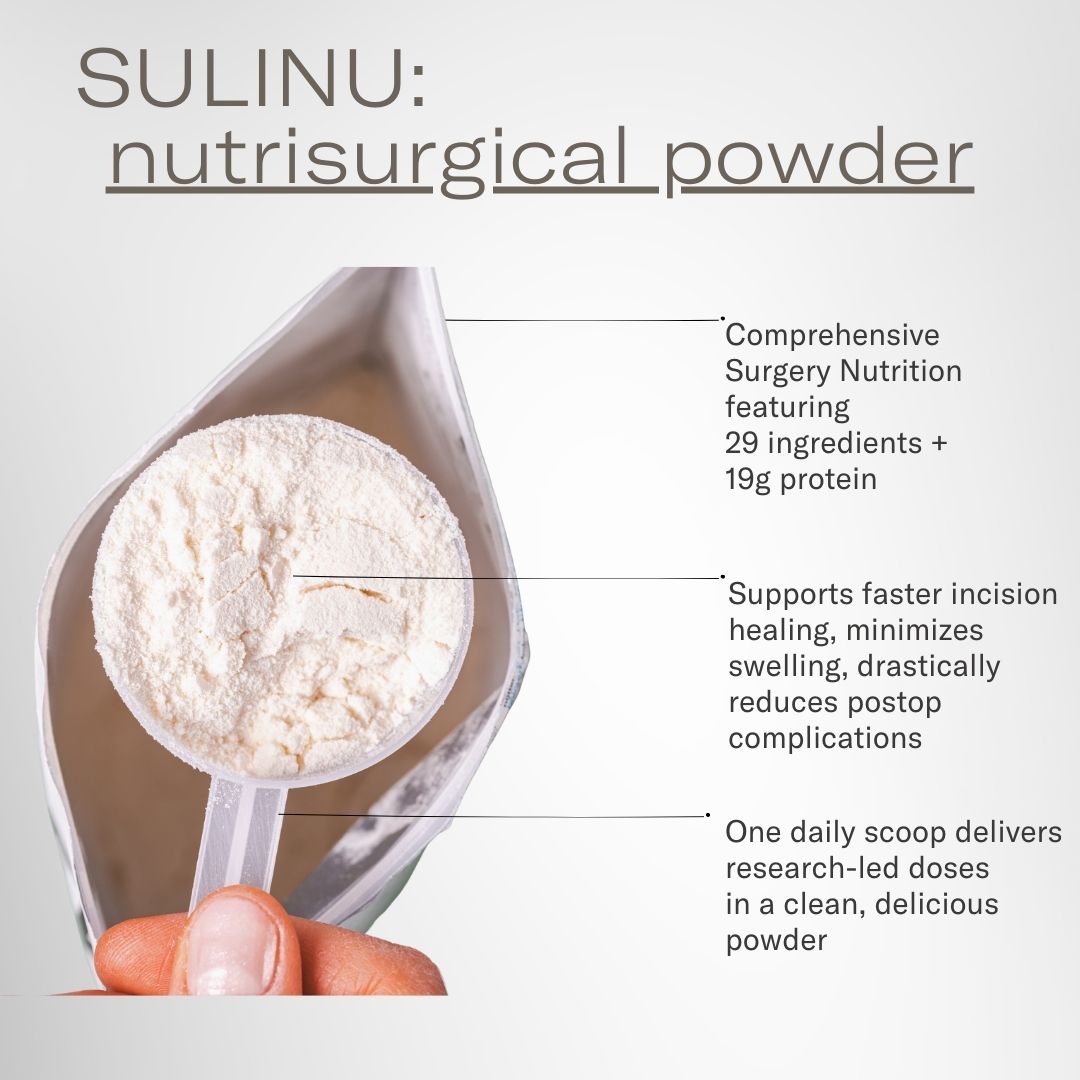
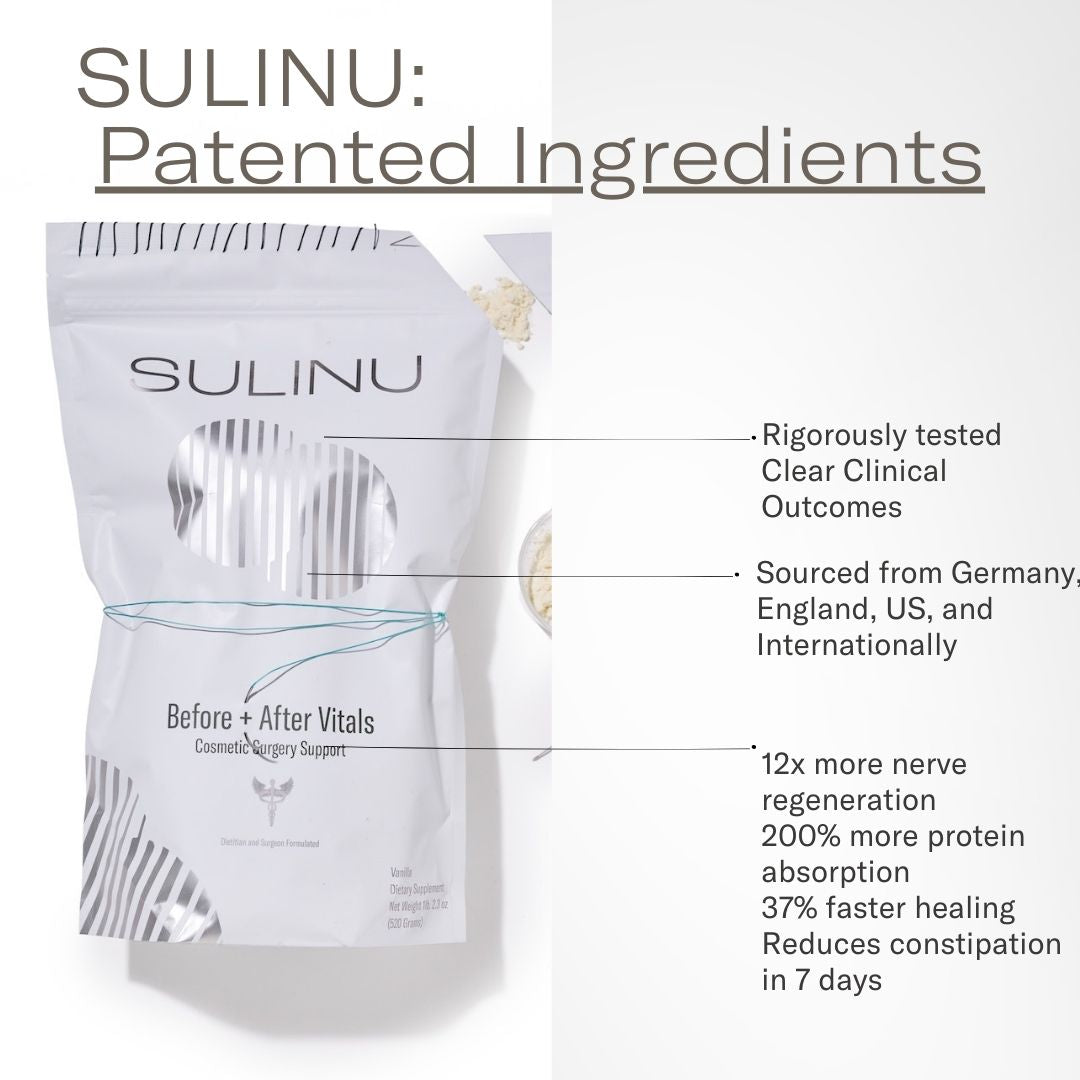
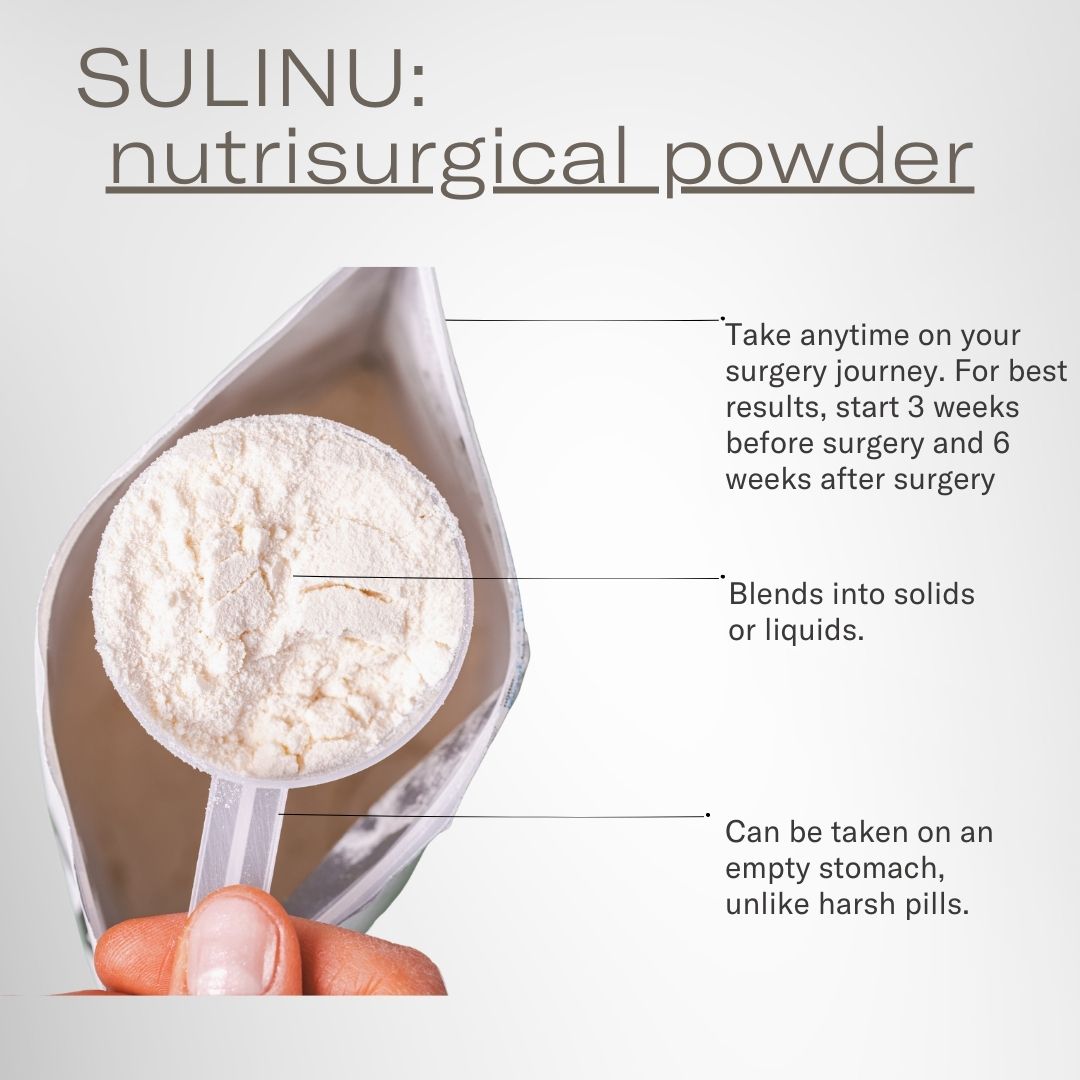
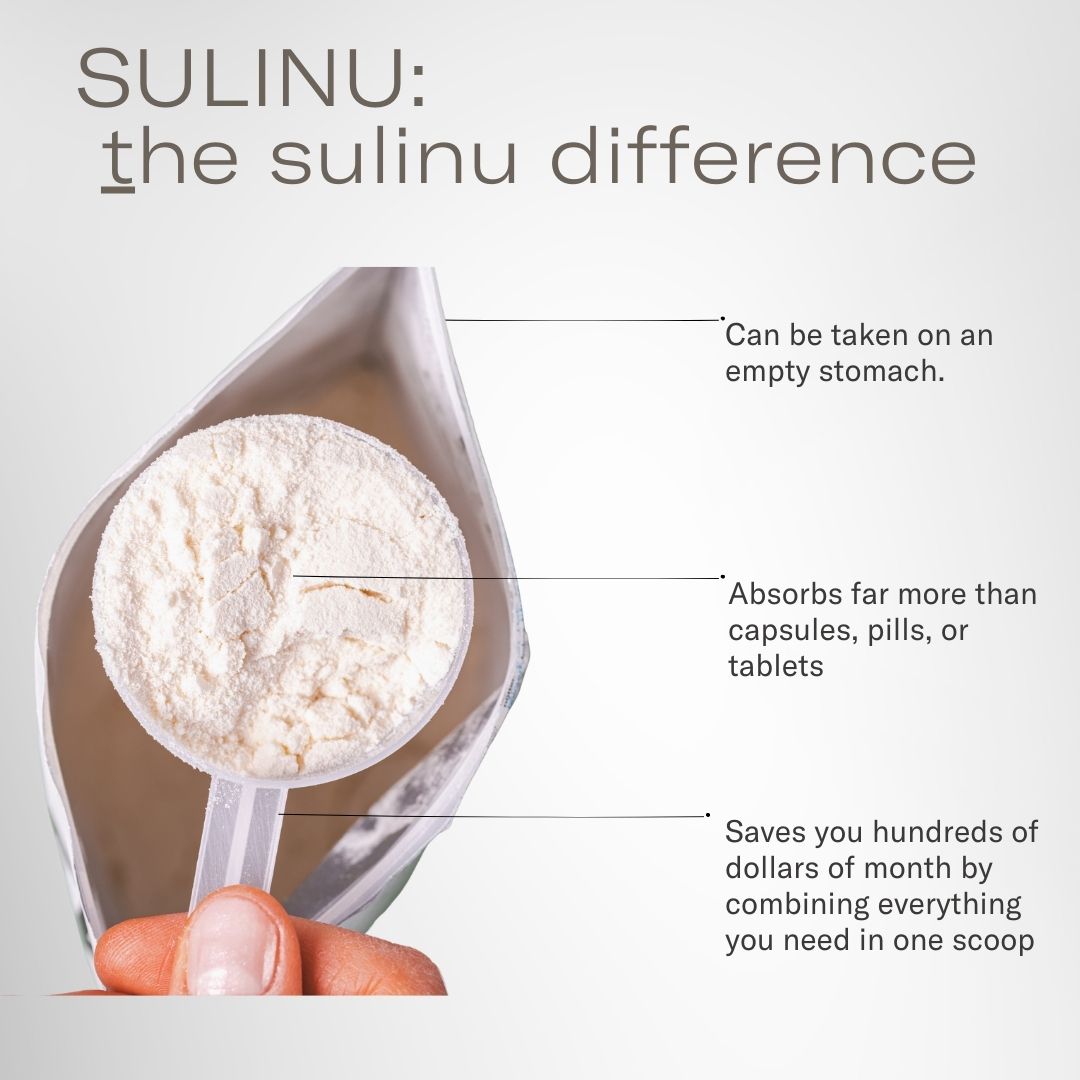
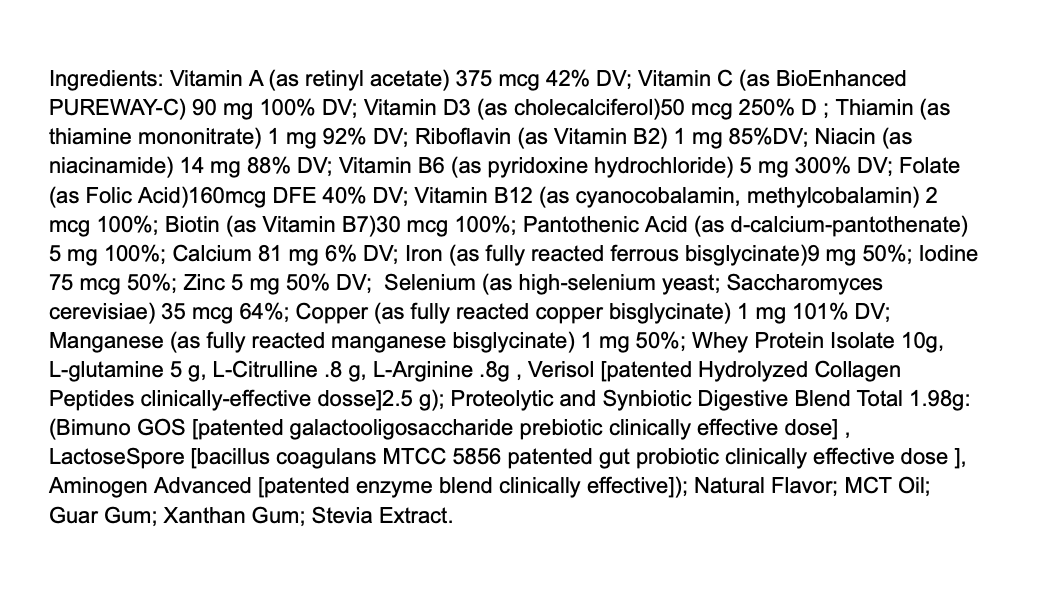
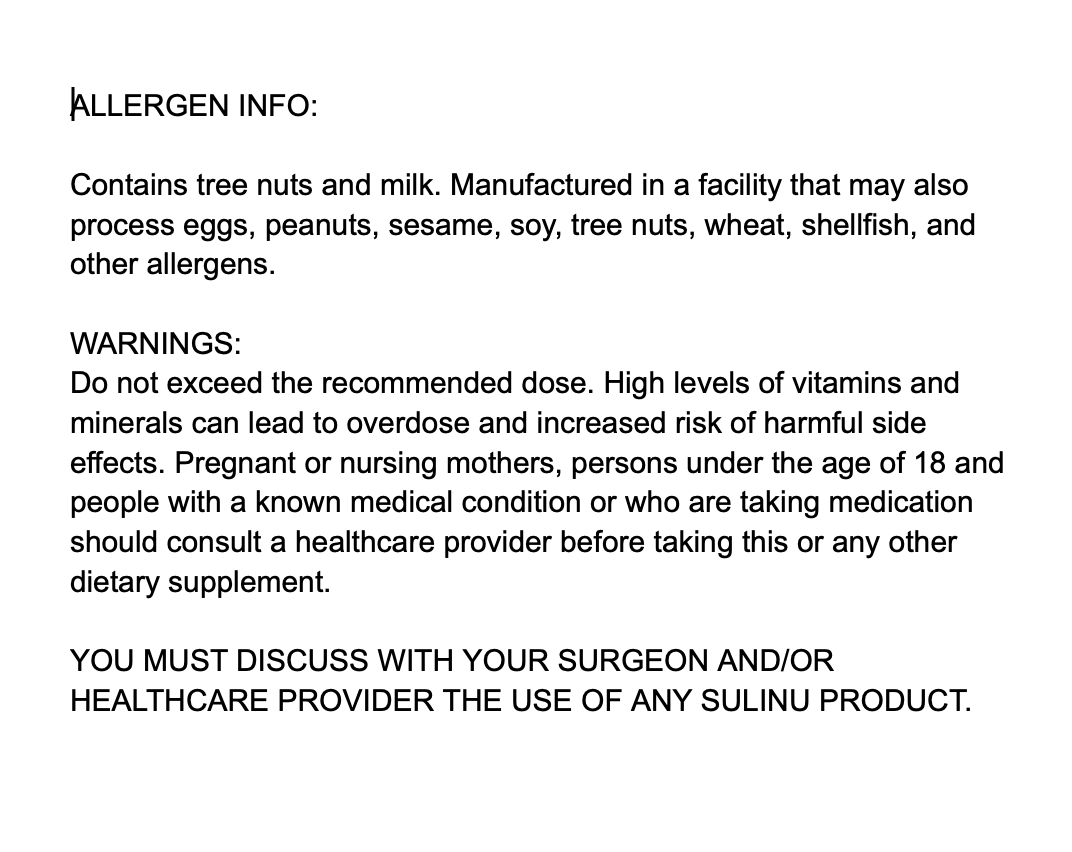
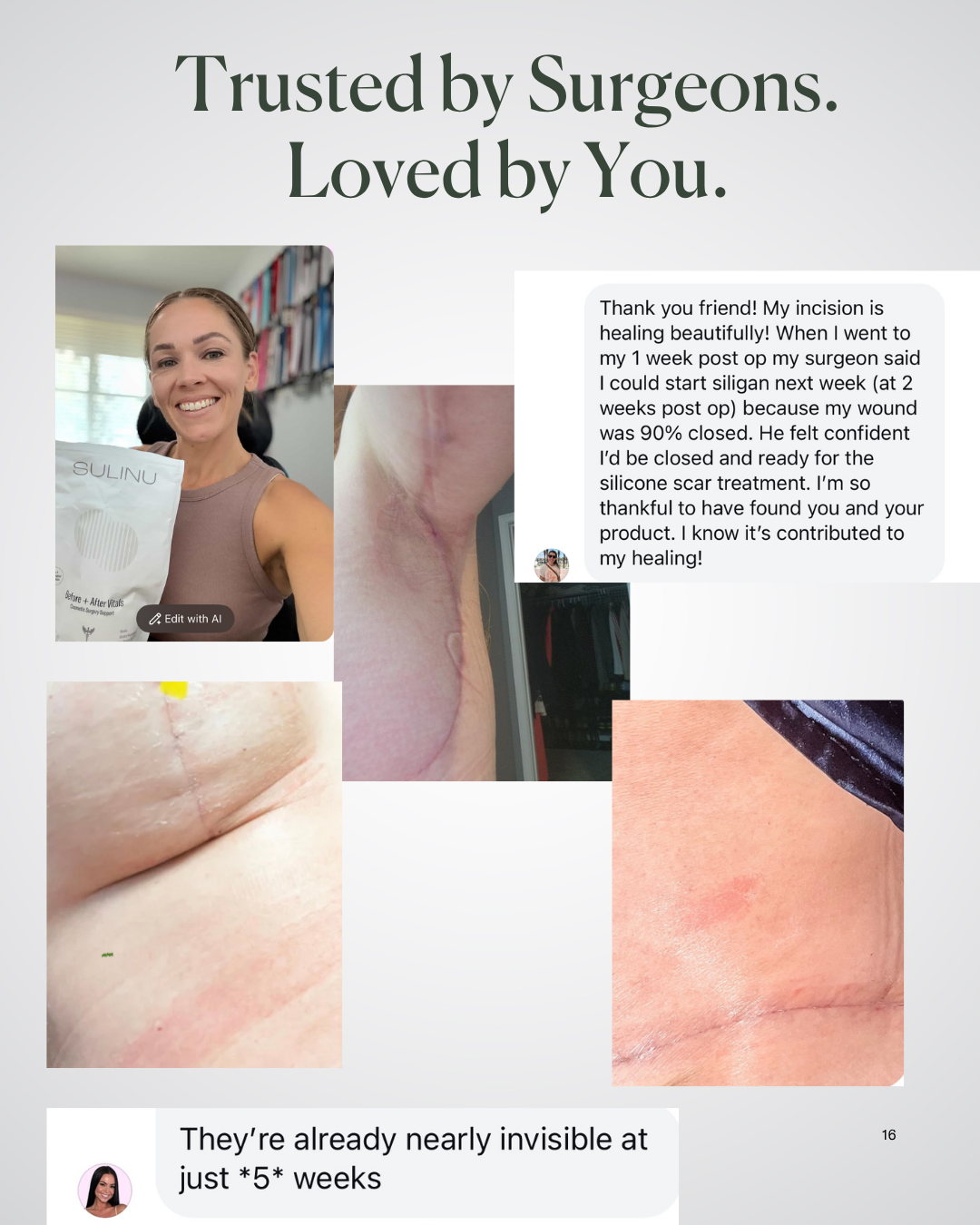
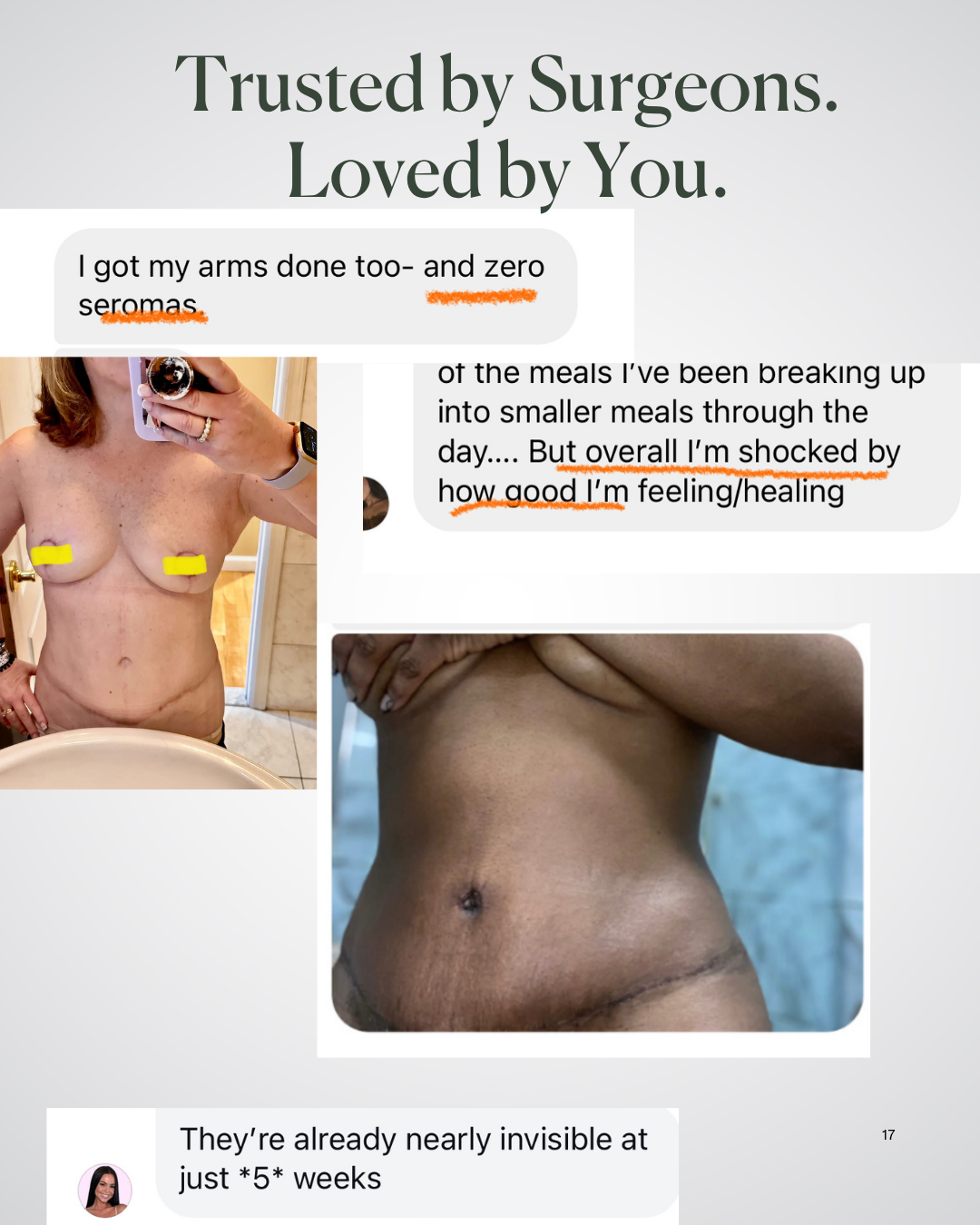
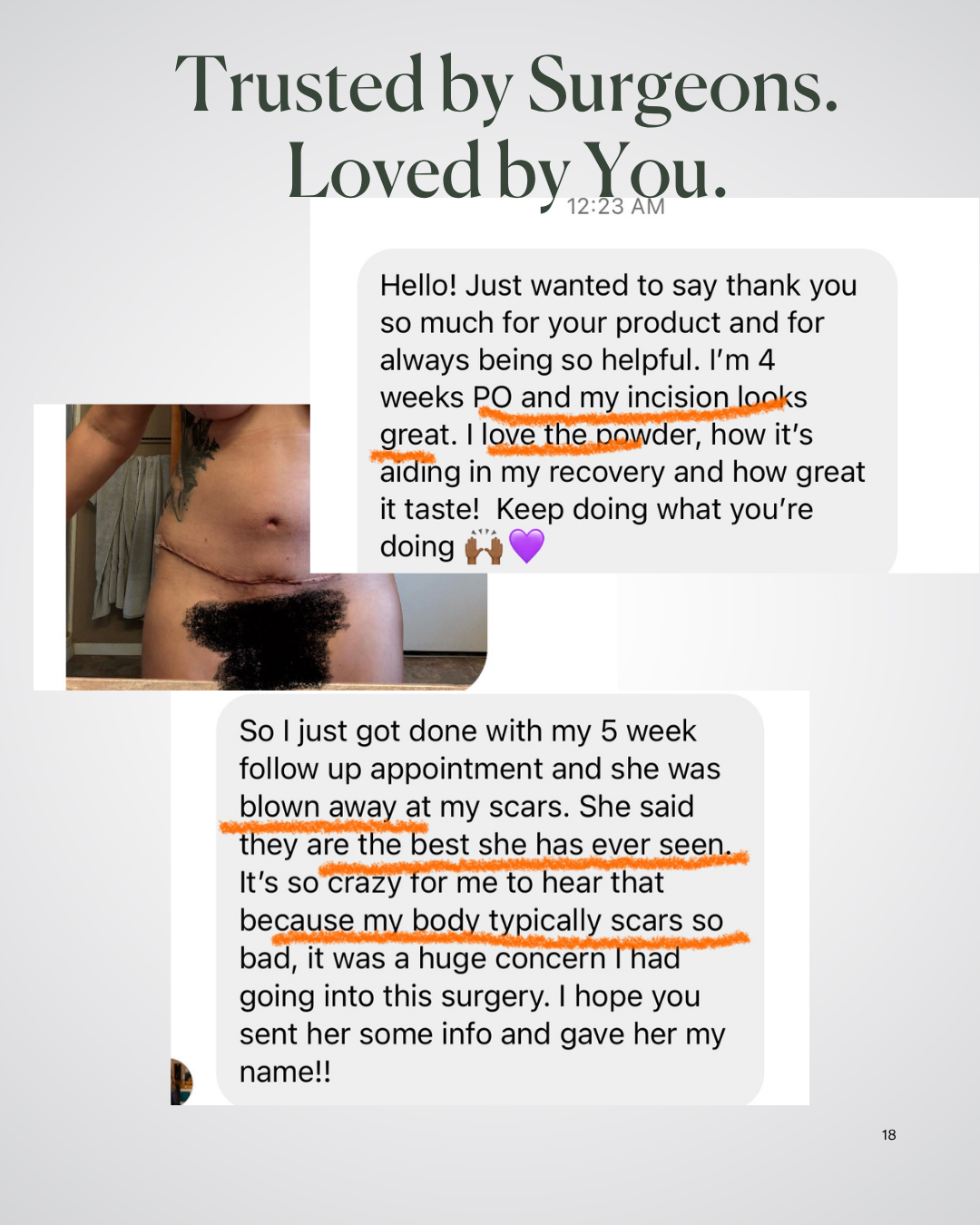
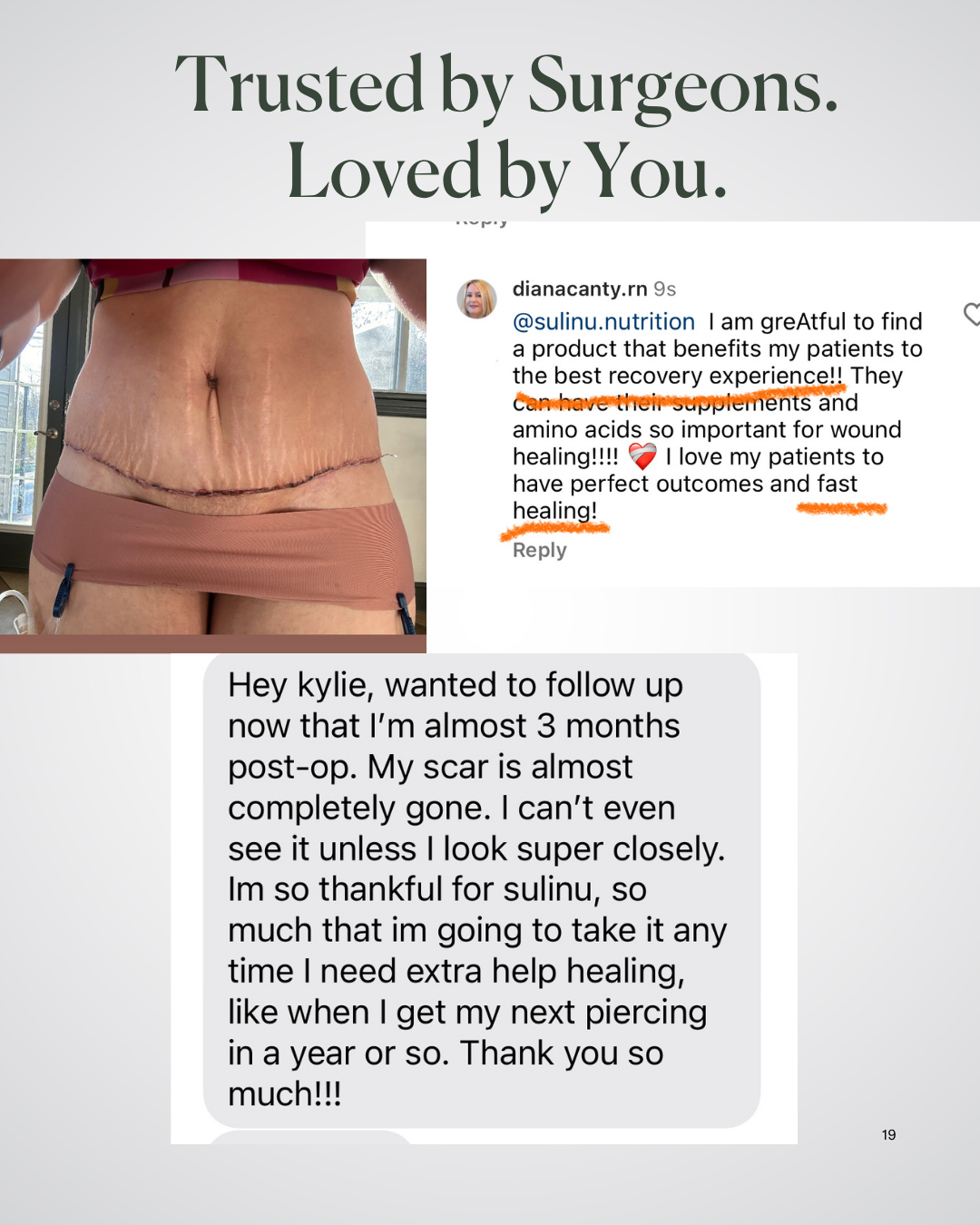
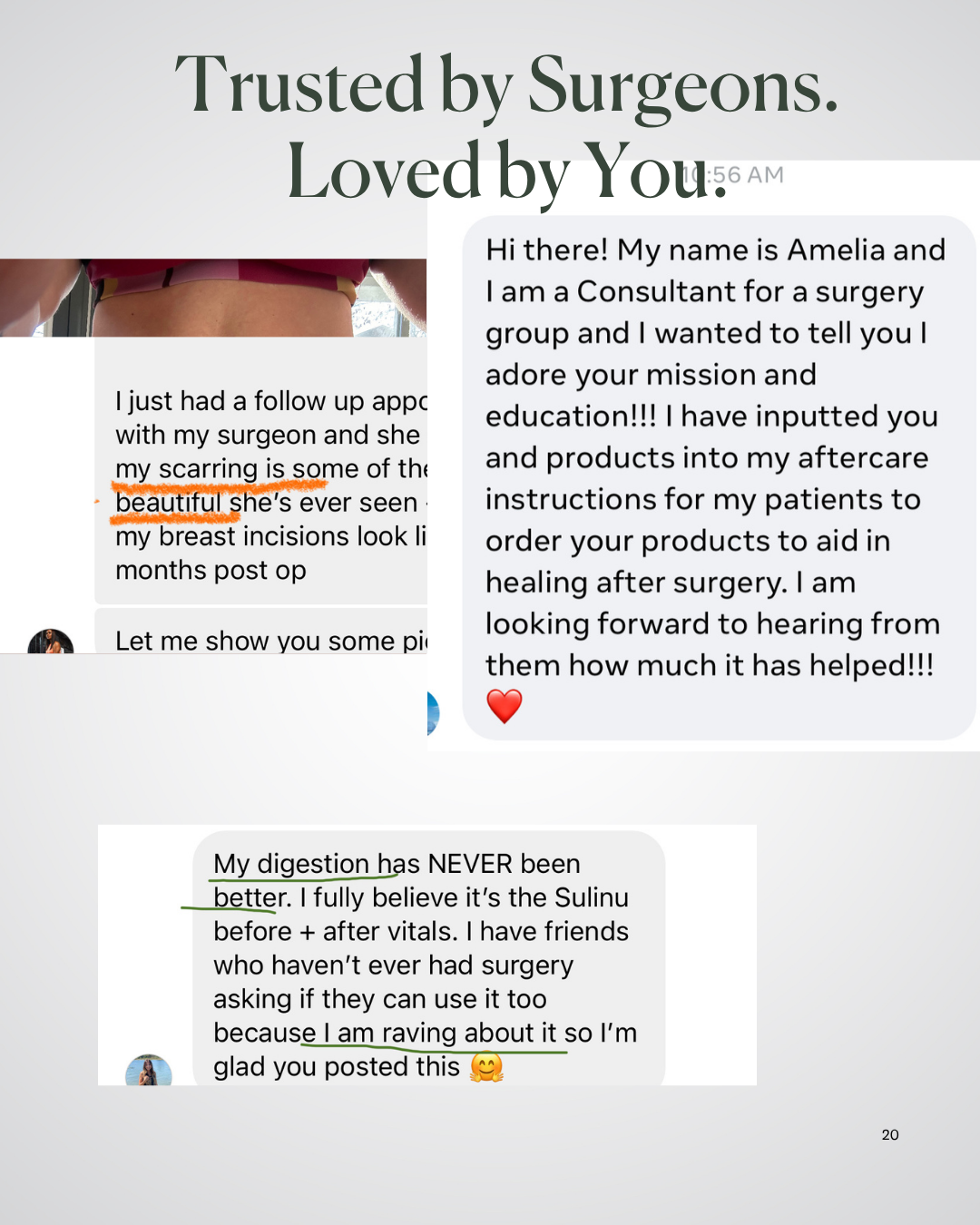

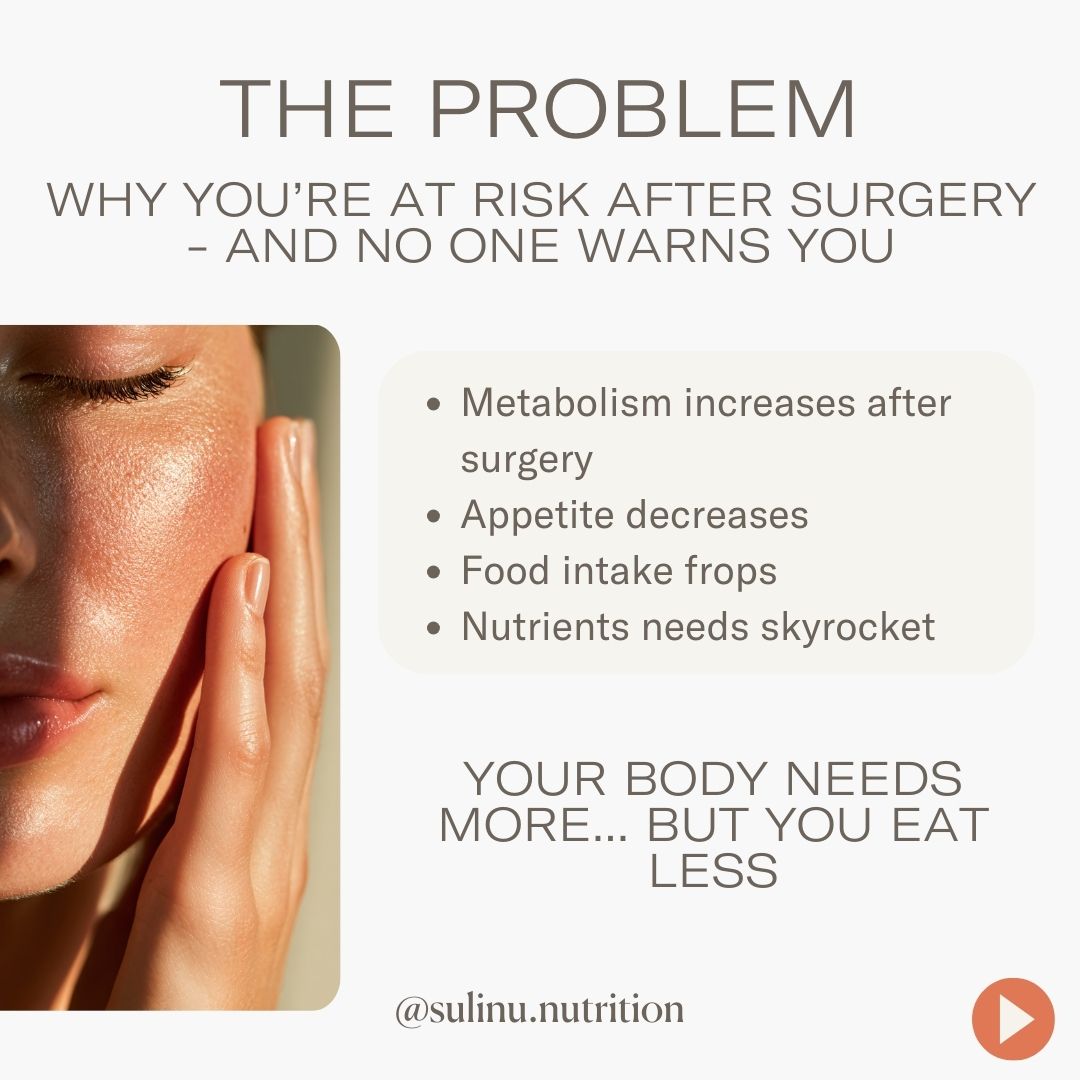
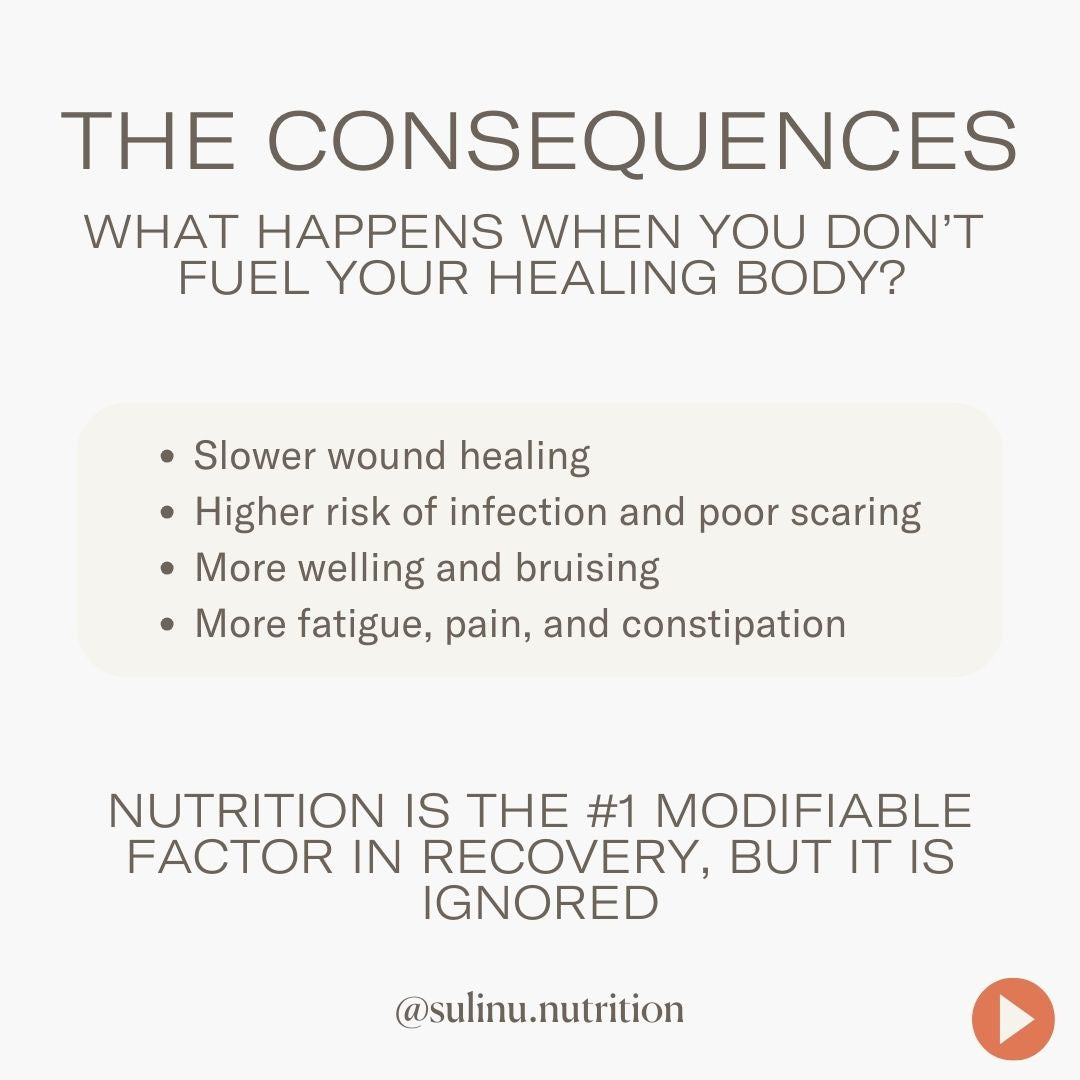
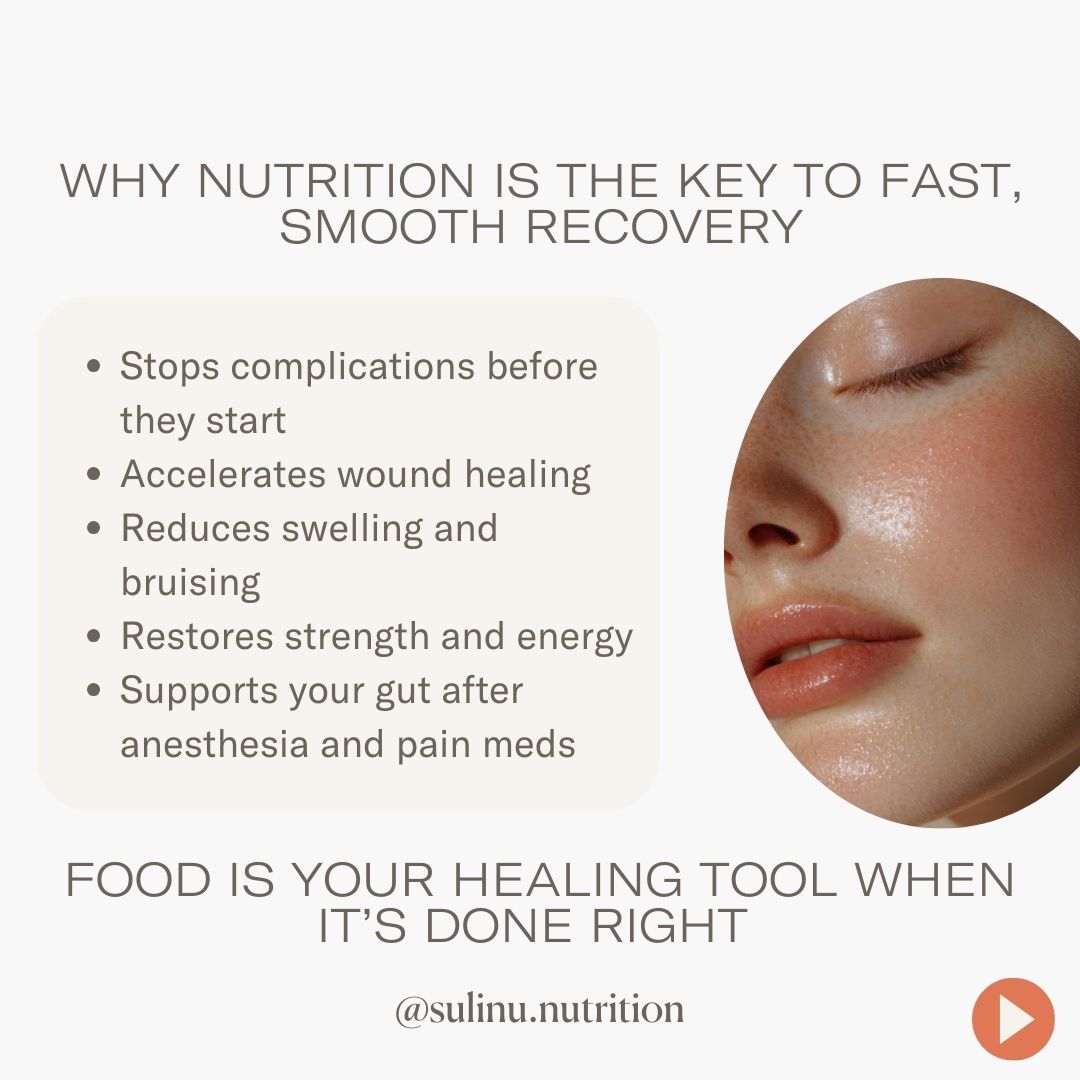
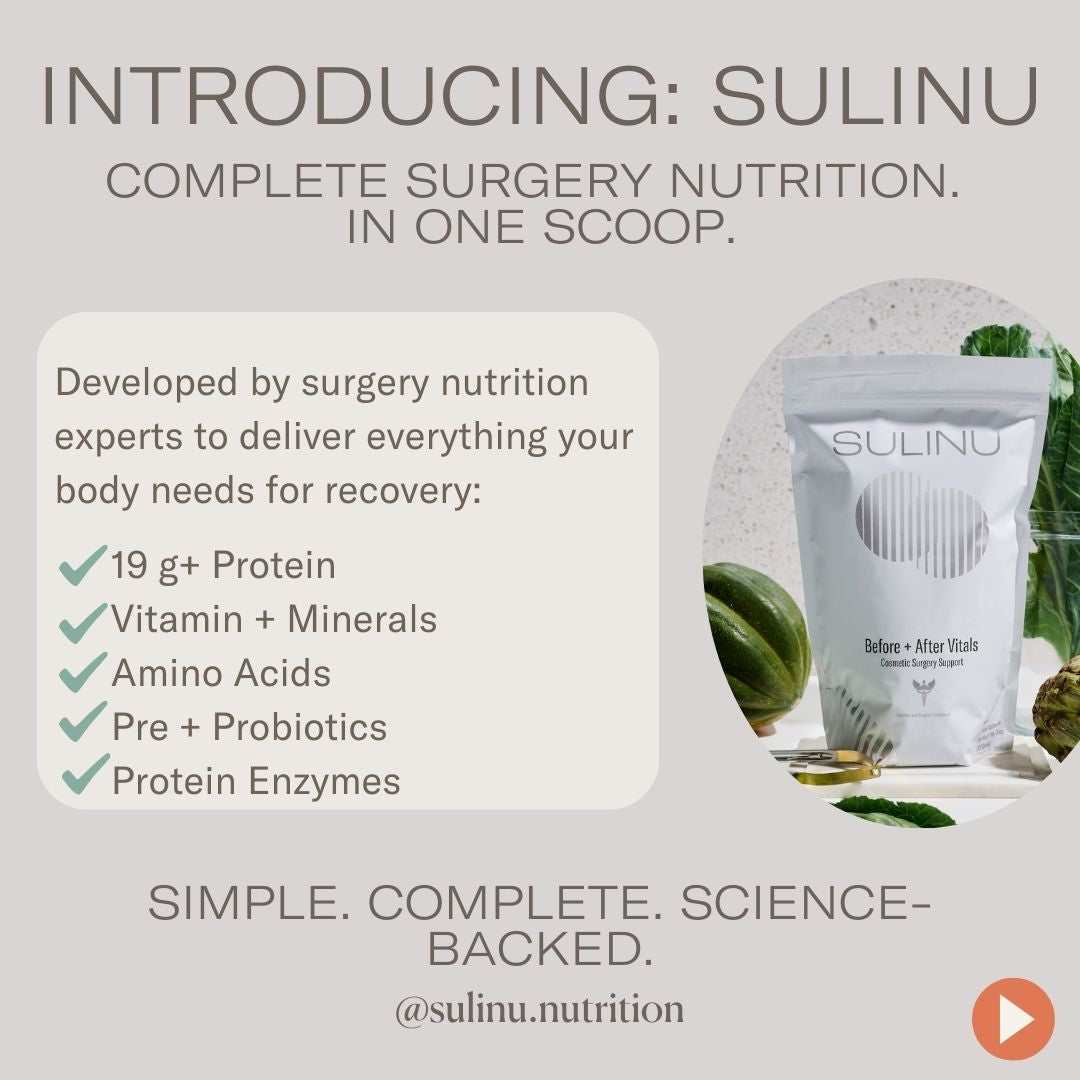
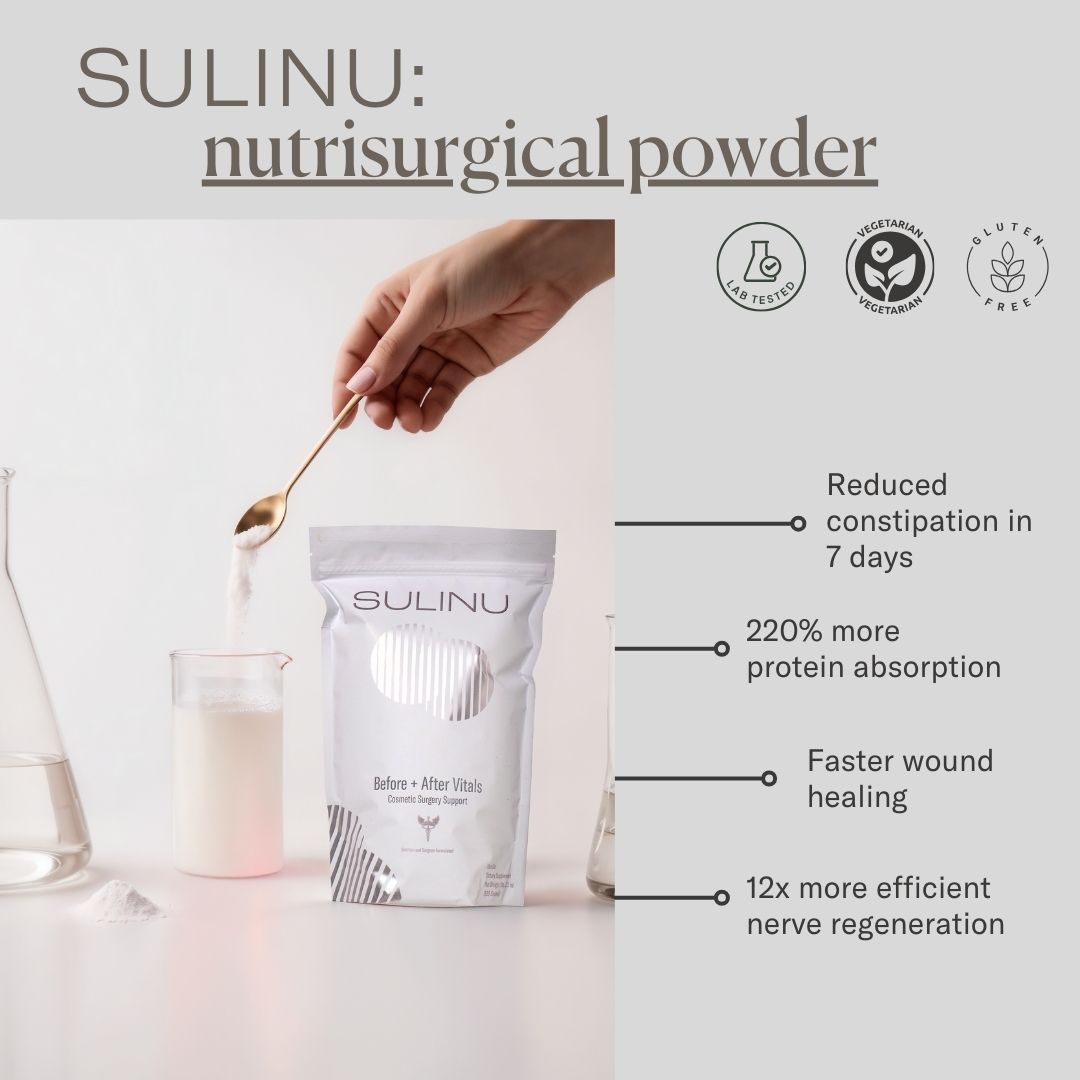
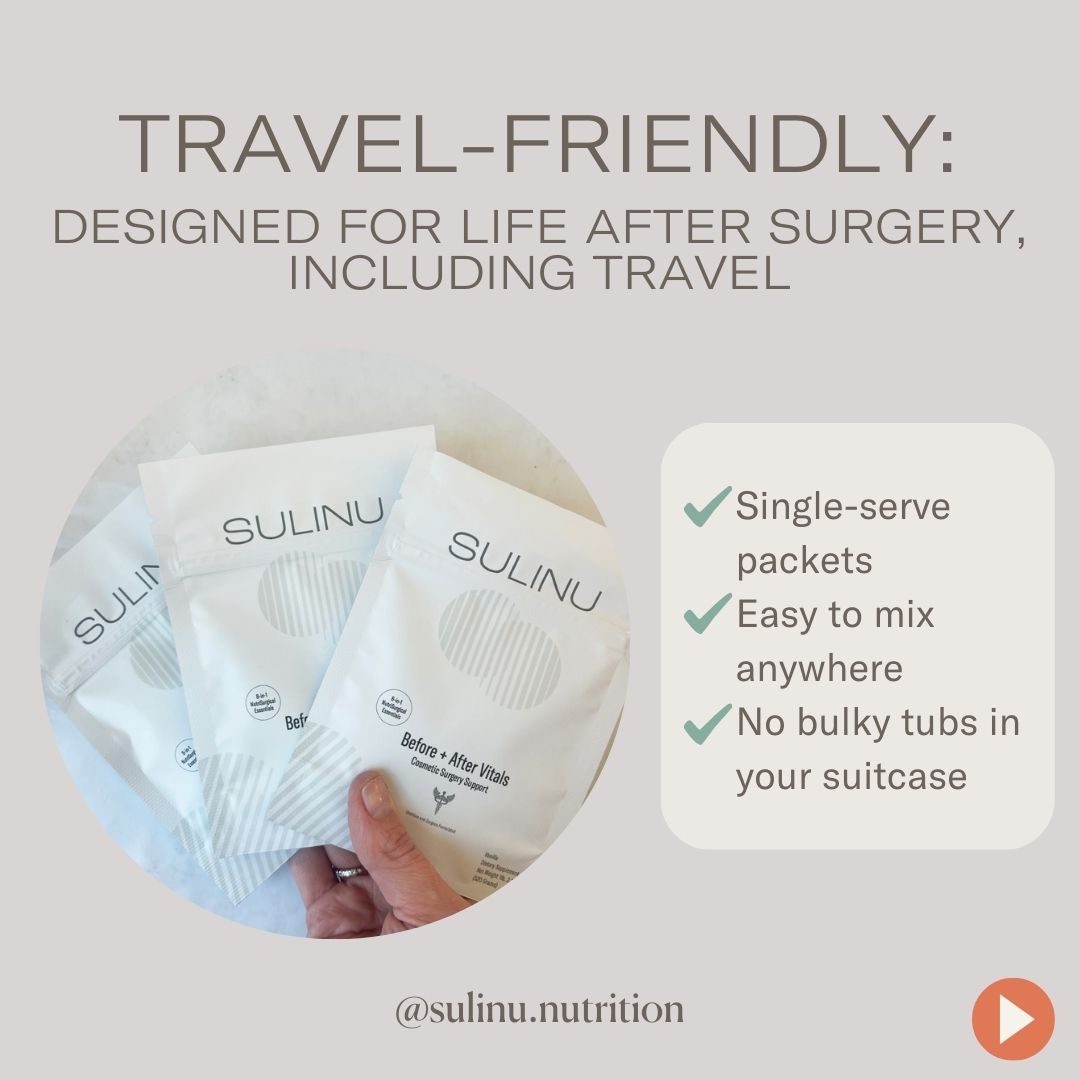
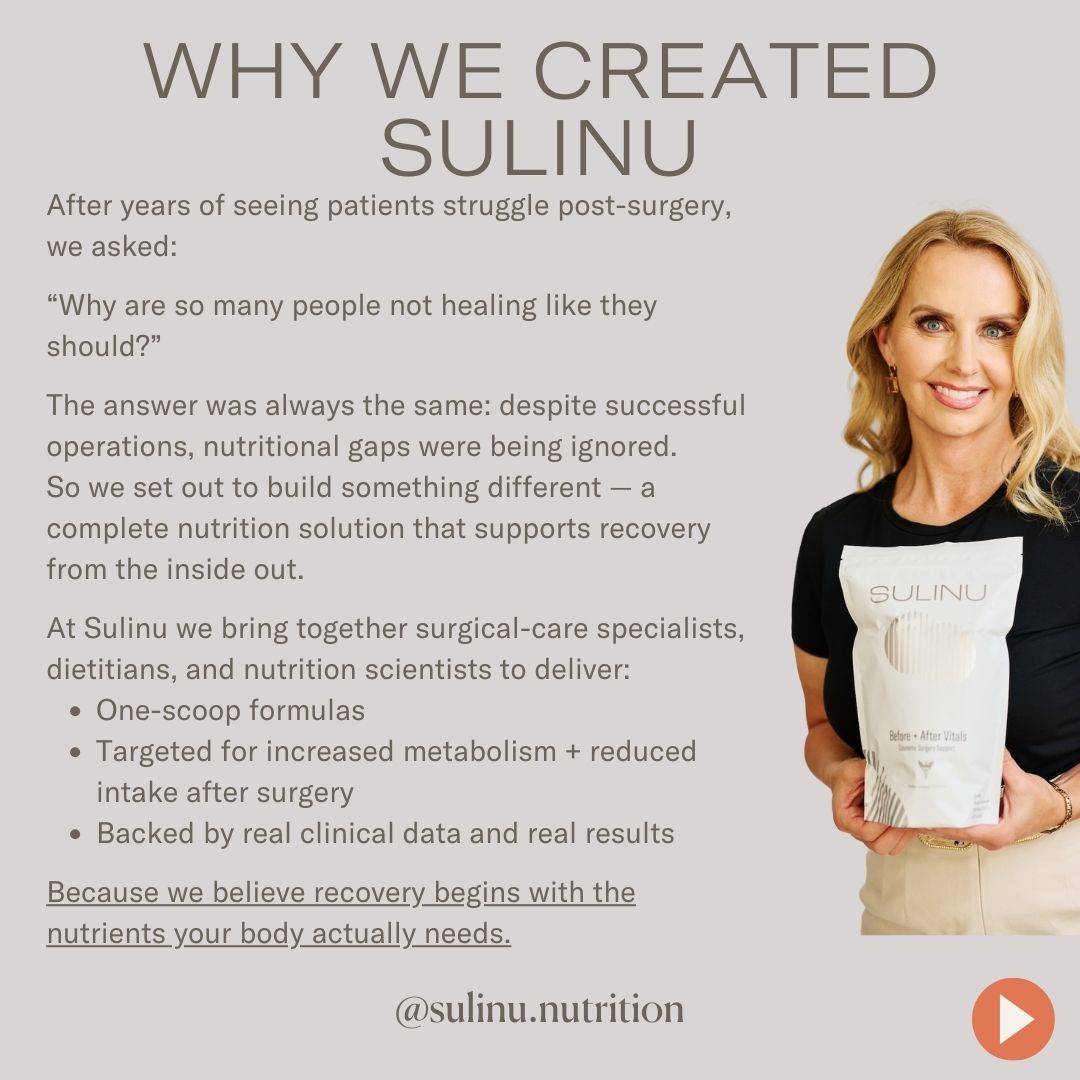
NUTRISURGICAL VITAMIN POWDER -(bag: Vanilla)
**FREE SHIPPING for orders over $125!!**
- 100% Money Back Guarantee
- Discreet Shipping-Your privacy is important
- We recommend 3 bags for any surgery for the best results
This Complete Surgery Powder gives you EVERYTHING you need IN ONE SCOOP.
Pre and Post Surgery Supplements for that near-invisible scar look.
"Can you believe it? [My incision scars] are nearly invisible at just 5 weeks!" -Jessie
Our pre and post surgery supplements are packed with vitamins for wound healing after surgery
- 3rd party tested
- Gluten-Free
- Vegetarian Whey
-
27 Surgeon-Approved Ingredients
- At therapeutic, effective dosages
- In bioavailable forms
-
5 Patented Ingredients
- Patented is the HIGHEST standard of ingredients
- Faster Incision healing
- Gut microbiome studied
- Clinically tested
- Sourced from Europe and Internationally
- Therapeutic Dosages
Perfect for:
- Before Cosmetic Surgery
- After Cosmetic Surgery
- Slow-to-heal incisions or wounds
- Using a GLP and needing extra nutrition
- Can begin taking at anytime on your surgery journey, EVEN if you are weeks after your surgery! Your scar is healing for a least a year after your surgery date.
How to use:
- Use 1/2 to 1 scoop a day. Max 1 scoop a day for at least 6 weeks postop.
- We recommend 3 bags: Use 1 bag before surgery and 2 bags after surgery
Nutrisurgical Vitamin Powder with Patented, Clinically-tested Ingredients.
All your Protein, Collagen, Amino Acids, MicroNutrients, Synbiotics and Enzymes in ONE SCOOP to give you a seamless recovery after cosmetic surgery.
Note: This product is also commonly used by GLP (Ozempic, Semiglutide, etc) patients to prevent nutrient depletion and Ozempic face
Our Survey Results*:
79% reported a beautiful incision
85% reported a faster recovery
90% liked the taste
X Gluten X Soy X Artificial Colors or Flavors X GMOs
*based upon our postop survey 2024
Introducing BEFORE + AFTER VITALS, the ultimate surgeon-endorsed nutritional supplement tailored exclusively for plastic surgery recovery.
Fears of infection, inflammation, slow-to-heal incisions, and bruising are taken head-on by this super fine, quick-to-dissolve powdered supplement. Add a delicious hit of vanilla flavor to your cold or warm drinks, smoothies, or culinary creations.
1 pouch is 20 servings.
ALLERGY info: Contains lactose. Product was processed in a facility that may also process eggs, peanuts, sesame, soy, tree nuts, shellfish, and other allergens.
